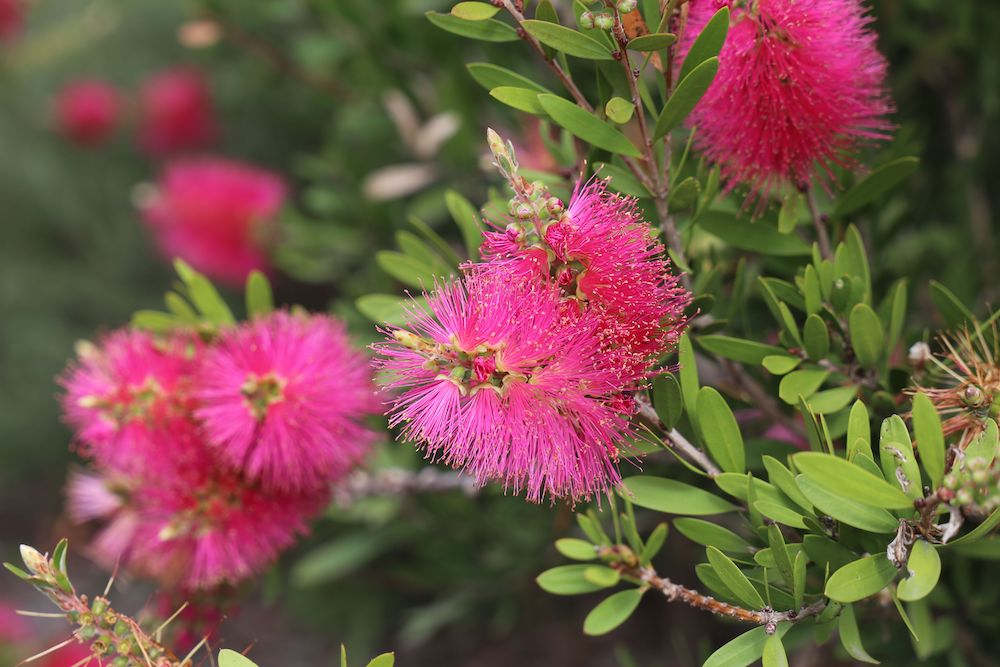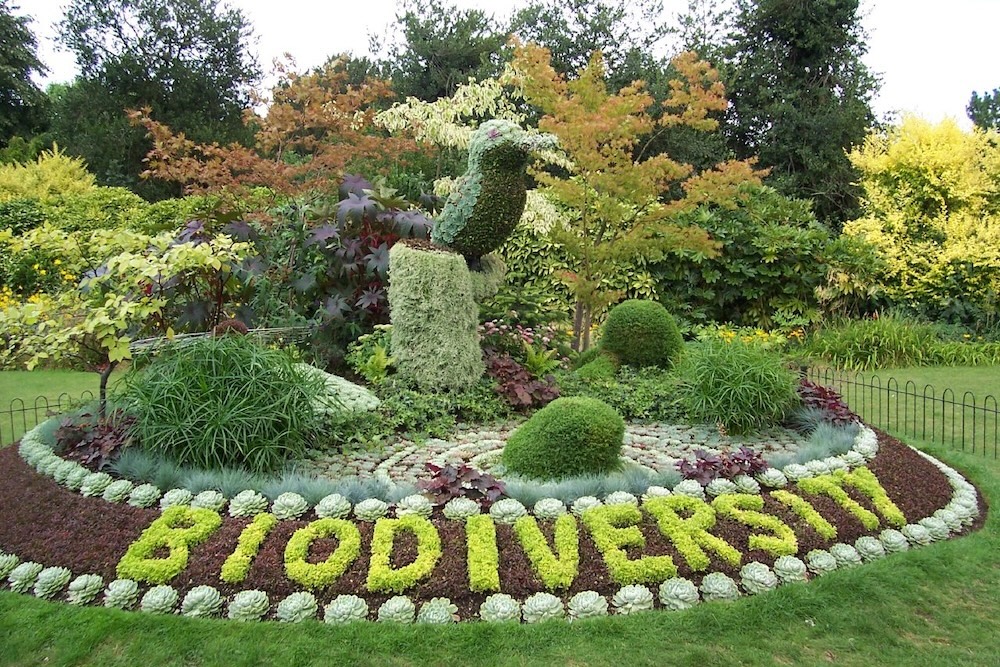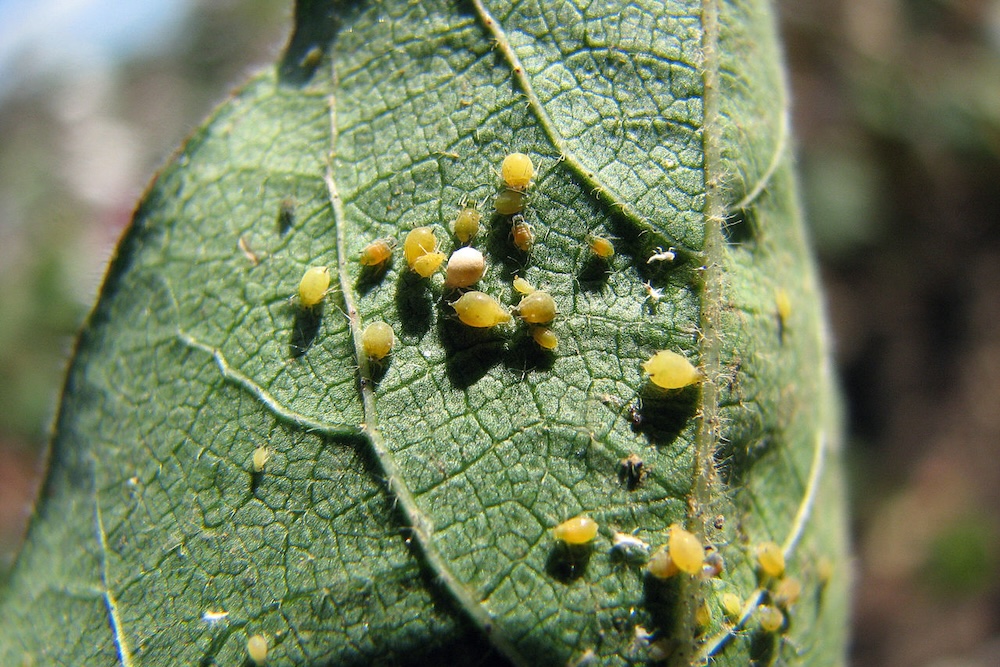Welcome to the world of polyculture, an approach to gardening that embraces diversity and mimics natural ecosystems.
Creating a Contemporary Australian Garden
Modern Australian native gardens are a celebration of Australia’s unique flora and fauna. They’re more than just an assembly of indigenous plants, though; they represent a continually evolving art form that harmoniously blends environmental mindfulness with state-of-the-art modern design styles.
In this article, we’ll explain the art and science of Australian garden design, where sustainability marries style, and local flora takes the limelight. We’ll also provide recommendations for native plant choices to use in this landscape design style.
-
- The Evolution of Australian Native Garden Design
- The Modern Era of Australian Landscape Design
- The Foundations of Contemporary Australian Garden Design
- Modern Architecture & Australian Contemporary Garden Design
- “Low Horizon” Westringia
- “Purple Fusion” Scaevola
- “Fluro Burst” Callistemon
- “Yareena” Myoporum
- “Pinnacle” Syzygium
- Daniel’s Wrap
The Evolution of Australian Native Garden Design
When European settlers first arrived in Australia, they attempted to recreate the familiar gardens of their homelands. However, this proved challenging due to Australia’s unique climate and soil conditions.
Some of the foreign plants they introduced struggled to adapt to the harsh Australian environment, and those that thrived were only able to do so with constant irrigation and maintenance.
In the 1950s and 60s, a significant shift occurred in Australian garden design with the rise of the bush garden style. Gardens designed in this style were typically easier to maintain, reflecting the resilience of native Australian plants.

However, the belief that native plants required minimal care because they originated from the bush started to change over time.
Gardeners and landscapers began to understand that with appropriate care and attention, native plants could not only survive but thrive, becoming a vibrant feature in gardens if we gave them the same tender loving care we afford to exotic plants.
The Modern Era of Australian Landscape Design
Australian landscape design continues to evolve and innovate. Modern designers are discovering creative ways to incorporate native plants into their designs, crafting gardens that are not only aesthetically pleasing but also sustainable and beneficial to local wildlife.
These designs often encompass features like native grasses as an alternative to traditional lawns, thereby reducing the need for water-intensive lawn maintenance. These days, Australian plants aren’t merely tolerated; they’re celebrated with the same affection, if not more, than we bestow upon ornamental plants that come from overseas.
The Foundations of Contemporary Australian Garden Design
Many modern Australian gardens display an emphasis on sustainability, which extends beyond merely opting for drought-tolerant plants. It includes practices like composting, rainwater harvesting, and using organic mulches, all targeted at reducing the garden’s environmental footprint and fostering a healthy ecosystem.
Also integral to this garden design style is the use of low-maintenance native plants. Native Australian plants are naturally attuned to the local climate and soil conditions, implying they may need less water, fertiliser, and care compared to many foreign species.
This ensures your garden isn’t just beautiful but also takes less effort to maintain. Certain cultivated varieties have been bred to become even more resilient and low-maintenance, particularly with regards to pest-resistance.
Ozbreed’s catalogue contains a wide variety of native plants cultivated for this purpose. It’s important to note that while they may be less resource intensive than many European plants, that doesn’t mean they’ll look their best if you simply forget about them.
Less maintenance doesn’t mean no maintenance at all. A modern Australian garden will often concentrate on promoting biodiversity. A biodiverse garden is not only healthier and more resistant to diseases and pests, but it also becomes a sanctuary for local wildlife.
Incorporating a variety of plants in your garden lures beneficial insects, birds, and other creatures, augmenting the overall ecological value of your space.

A contemporary Australian garden design will often champion the use of natural materials and organic forms, reflecting the rugged beauty of the Australian landscape. This might involve using locally sourced stone for pathways, recycled timber for seating, or creating winding, organic-shaped garden beds out of felled limbs from your very own garden.
The aim is to create a space that feels harmonious and seamlessly integrated with the surrounding landscape.
Modern Architecture & Australian Contemporary Garden Design
Modern garden designs in general have a clear emphasis on simplicity and minimalism. They often feature clean lines, geometric shapes, and a restrained use of colour. In addition, there may be a celebration of chaotic abundance with untrimmed plants growing into one another between cleaner elements and straight lines.
However, this doesn’t imply that modern garden designs are incompatible with older houses. On the contrary, they can provide a striking contrast that highlights the unique architectural features of your home. For instance, a sleek, minimalist garden can make a Victorian-era house stand out even more, creating a visually appealing interplay between the old and the new when balanced tastefully.
If your house is a bit older and you aren’t confident that you’re able to blend the old with the new on your own, consider reaching out to a registered landscape architect to help bring your dream to life.
Plant Selection
Choosing the right plants is a crucial step in creating a successful contemporary Australian garden. You’ll want to select species that are not only aesthetically pleasing but also well-adapted to your specific local conditions.
The process of plant selection begins with understanding your garden’s unique conditions. Consider factors like the amount of sunlight your garden receives, the type of soil you have, and your local climate. For instance, some plants flourish in full sun while others prefer partial shade.
Similarly, certain plants may favour sandy soils, while others do better in clay-dominant soils. Once you have a sound understanding of your garden’s conditions, you can start browsing plant varieties.
We’ll be focusing on five star performers that offer a range of benefits, including flowers to attract our native pollinators and good breeding to withstand the harsh conditions of this beautiful, sunburnt country.
“Low Horizon” Westringia
This compact ground-covering westringia is a standout in any modern Australian garden. With its fine-textured foliage and delicate white flowers that bloom throughout the year, it lends a touch of elegance to your landscape.
Its robust nature allows it to withstand harsh conditions, from frost to coastal winds, making it an excellent choice for borders or mass planting. On top of that, it’s incredibly low maintenance, requiring minimal water once established and infrequent pruning to maintain its compact shape.
Low Horizon Westringia is an ultra-compact plant perfect for border planting or as a ground cover in extensive garden areas, thanks to its dense growth habit. It thrives in full sun to light shade and well-drained soil. Once established, it’s drought-tolerant but will benefit from occasional watering during extended dry periods.

“Purple Fusion” Scaevola
This dense ground cover is adorned with vibrant purple flowers and is extremely hardy, making it excellent for rockeries, steep banks or as a general ground cover. Its stunning flowers make it an excellent choice for adding colour to your modern Aussie garden design.
The cascading effect of the foliage and flowers can soften hard landscape features while adding visual interest. And it’s been bred to flower for a longer period, too. Purple Fusion Scaevola requires little maintenance. It thrives in full sun to part shade and prefers well-drained soil.
Once established, it’s relatively drought-tolerant but will appreciate occasional watering in extended dry periods. Deadhead spent flowers to encourage continuous blooming.

“Fluro Burst” Callistemon
With its vibrant, attention-grabbing flowers, Fluro Burst Callistemon is an excellent choice for adding a splash of colour to your modern Australian garden. Fluro Burst Callistemon is another hardy plant that requires minimal maintenance. It thrives in full sun to part shade and works in most soil types.
While it copes well with minimal water and nutrients once established, providing it with regular water and fertilising helps it grow and bloom more vigorously. Prune it regularly to train it as a hedge, or prune it hard in late winter to early spring every few years to encourage a natural shape.

“Yareena” Myoporum
Yareena Myoporum is a dense ground-covering plant that exudes toughness and beauty. It boasts crisp, clean foliage and small, delicate white flowers that bloom in spring, adding a burst of life to your garden.
What makes Yareena Myoporum shine is its adaptability—it’s highly drought and frost-resistant, making it perfect for those challenging spots in your garden. Whether you’re dealing with poor soil or harsh sun, it’ll thrive with minimal fuss.
A robust plant, Yareena Myoporum is excellent for mass planting in rockeries or along embankments. It prefers full sun to part shade and well-drained soil.

“Pinnacle” Syzygium
Pinnacle Syzygium is a narrow-growing native tree that’s a favourite among various bird species, thanks to its small white flowers and subsequent fleshy pink-red fruits. It can reach heights of up to 3-4 meters, and with its narrow, upright form, it’s ideal in tight planting areas such as courtyards.
Pinnacle Syzygium is remarkably low-maintenance, requiring minimal watering and pruning to maintain its shape. It can also be used as a feature plant in containers. It prefers well-drained soil and can tolerate both full sun and partial shade.
Regular pruning is beneficial for this plant, or you can leave it grow in a more natural shape, which will still be upright (hence the name “Pinnacle” Syzygium).

Daniel’s Wrap
These native cultivars aren’t just eye-catching additions to your garden; they each offer unique benefits and capabilities, making them ideal choices for a modern Australian garden. A contemporary Australian garden is a testament to the country’s rich cultural heritage.
It represents a fusion of native flora and cutting-edge design, a tangible reflection of Australia’s evolving identity. Taking care of your native plants is generally straightforward, particularly when you choose a quality cultivar like those mentioned in this article.
They’re bred to thrive in Australian gardens, meaning they require less water, fertiliser, and overall maintenance than non-native species. So, why not pick up the trowel and start planning your own contemporary Australian garden? It’s a rewarding endeavour that benefits you, your community, and the planet.
Remember, every plant you put in the ground is a stride towards a greener future.
Attribution:
MIFGS 2023




This Post Has 0 Comments